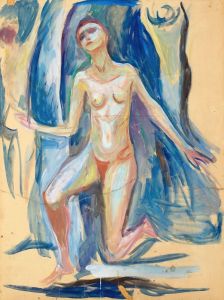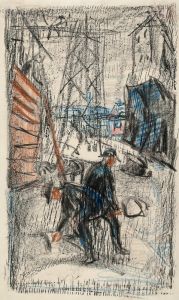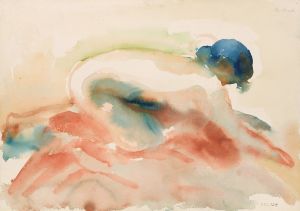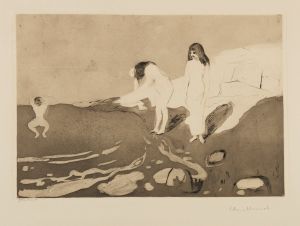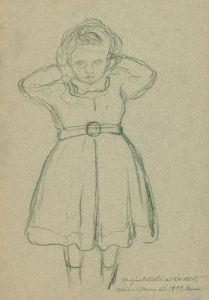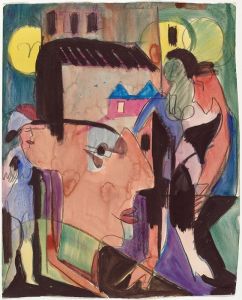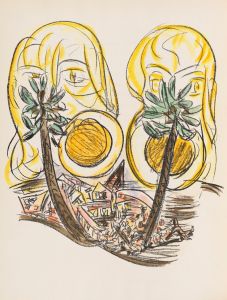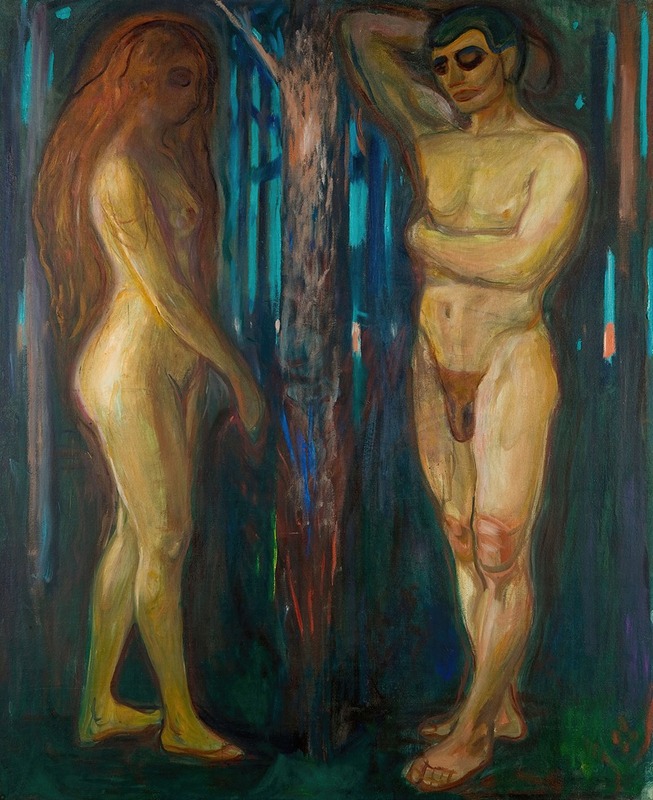
Metabolism
A hand-painted replica of Edvard Munch’s masterpiece Metabolism, meticulously crafted by professional artists to capture the true essence of the original. Each piece is created with museum-quality canvas and rare mineral pigments, carefully painted by experienced artists with delicate brushstrokes and rich, layered colors to perfectly recreate the texture of the original artwork. Unlike machine-printed reproductions, this hand-painted version brings the painting to life, infused with the artist’s emotions and skill in every stroke. Whether for personal collection or home decoration, it instantly elevates the artistic atmosphere of any space.
Edvard Munch, the renowned Norwegian painter, created Metabolism as part of his exploration of existential themes and the human condition. This painting, completed in 1898-1899, is often associated with Munch's broader series known as the "Frieze of Life," which delves into themes of love, anxiety, death, and the cycles of life. Metabolism is sometimes interpreted as Munch's representation of the biblical story of Adam and Eve, reflecting on themes of life, sin, and human existence.
The composition of the painting features a man and a woman standing on either side of a large, central tree. The tree's trunk and branches dominate the background, symbolizing life and growth, while also evoking a sense of division and separation between the two figures. The figures themselves are depicted in Munch's characteristic style, with elongated forms and expressive, emotional undertones. The man and woman are often interpreted as archetypal representations of humanity, embodying the dualities of life—such as creation and destruction, innocence and guilt, or unity and isolation.
Munch's use of color and form in Metabolism is consistent with his Symbolist approach, where the visual elements are imbued with emotional and psychological meaning. The earthy tones and stark contrasts in the painting contribute to its somber and contemplative mood. The tree, a recurring motif in Munch's work, serves as a metaphor for the interconnectedness of life and the inevitability of change and decay.
This painting reflects Munch's deep engagement with philosophical and existential questions, influenced by his personal experiences and the intellectual currents of his time. Munch's art was shaped by his exposure to Symbolism and his interest in exploring the inner workings of the human psyche. Metabolism exemplifies his ability to convey complex emotions and ideas through symbolic imagery and evocative compositions.
Today, Metabolism is regarded as an important work within Munch's oeuvre, showcasing his innovative approach to art and his contribution to modernist movements. The painting is housed in the Munch Museum in Oslo, Norway, which holds a significant collection of the artist's works.








